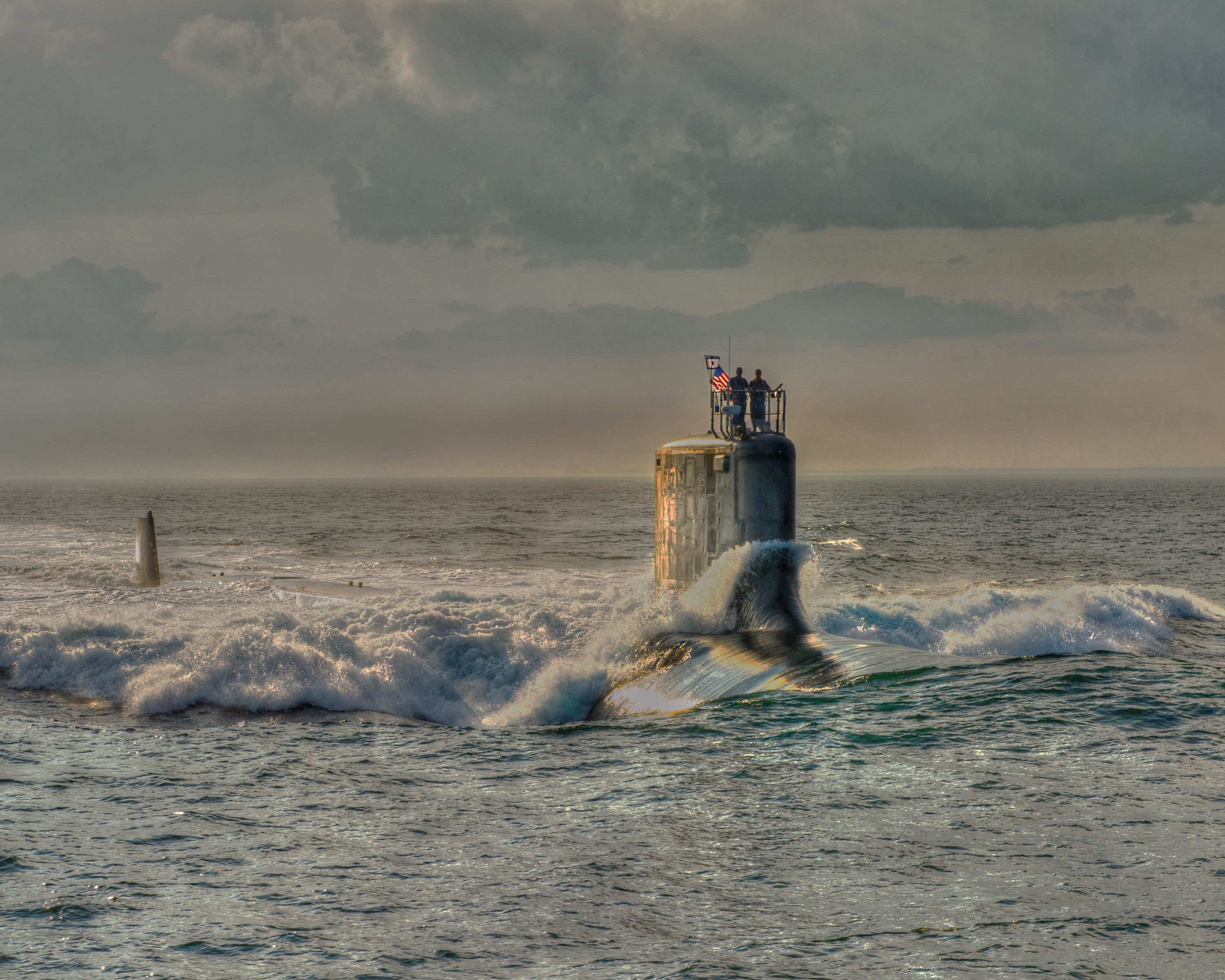The New York Observer
By Edward Blakely
How many more lives will be lost and how much damage will it take for us to realize that Sandy was part of a continuing menacing pattern of extreme weather events that are here to stay? In 2005 it was Katrina, last year Irene and now Sandy. But around the world, extreme weather has crippled nations and destroyed property since 2000. You may think this has been going on forever, since the time of Noah, but this destruction has been escalating, with more damage every year than any similar span in recorded history.
Insurance losses in the U.S. averaged $9 billion in the 1980s. Katrina alone cost nearly $100 billion, with an average of nearly $40 billion a year in the 2000s. If we include Japan, the destruction to the globe in the last couple of years is unparalleled. Is this global warming or something else? No matter what the cause, there is a clear pattern of severe weather causing catastrophic human losses. This pattern, according to the National Research Council, is going to continue. We have to do more than hope it won’t happen here (wherever here is). The data indicates that a disaster is coming to you, or near you, in the near future, if you live in an urbanized coastal area. More than 60 percent of all Americans do.
So, what to do?
First, like anyone in trouble, we have to acknowledge that we have a problem. Our problem is that since World War II, we have built too much of our housing and commercial structures the wrong way and in the wrong places. We have built single-family homes on slabs, so that when severe rains come, the water washes through our structures in raging torrents, destroying everything in its path. We have covered over too many wetlands on the presumption that floods occur only once every 100 years. We have grown too dependent on a cheap-fuel, high-energy living pattern that is crippled by any loss of power from a fragile electric grid.
Secondly, we have created a land-use pattern that we cannot support. We build in areas too close to the sea or to large bodies of water. We even create bodies of water near homes. This is a recipe for the trouble we see. Third, we are forced to evacuate our homes in times of danger by going out on highways that were not built for this, when the most intelligent evacuation should be into shelters near where we live, work and go to school. Finally, we have not built any backup systems for our fragile, over-taxed utilities. So in times of danger, these systems fail when we need them the most.
Here is what New York, what America, must consider going forward.
After Sandy, we need to reposition and not merely rebuild. Sandy presents the ideal opportunity to think about reorganizing Lower Manhattan with stronger, smarter—and higher—transportation modes. Building tidal barriers around the tip of the city is important, as well as creating better links between New York and New Jersey so evacuation and train travel can create more options for human movement in good and bad times.
We need to develop local power generation systems interdependent with the grid so we can generate local power for days and perhaps weeks using solar, wind and even tidal power generation. Every neighborhood needs to have local clean water cisterns. In San Francisco and Japanese cities, this is standard, and now in New York and throughout the nation it should be too. How else to provide local fresh water for an extended period of time, not only for drinking but also fighting fires quickly using local trained volunteers?
We have to commence a strategic retreat from many coastal areas, particularly in the Carolinas, Virginia and parts of New York and several other states. This may take 50 or more years, but it has to begin with offering people new resettlement options post-disaster rather than reinforcing current dangerous patterns. Even for those who elect to stay, the rebuilding should be more resilient, with deeper setbacks and barriers. Moreover, we must use state and federal rules to curb coastal building.
These ideas may not be popular, but a century ago, creating our great National Parks system was not popular in many quarters, either. Our parks are the envy of the world. We save nature. Now, saving nature and saving lives have to work together to make stronger communities in a stronger nation.
This article was originally published by The New York Observer




.jpg?rect=0,80,3000,1989&fp-x=0.5&fp-y=0.44772296905517583&w=320&h=212&fit=crop&crop=focalpoint&auto=format)